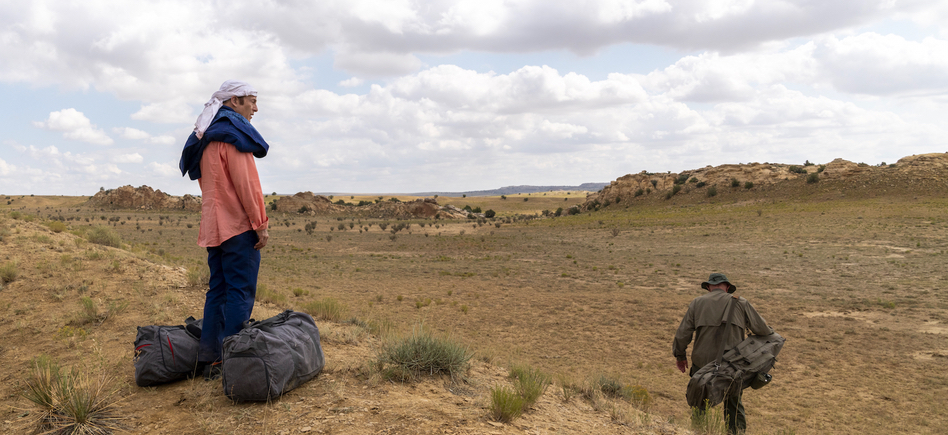Better Call Saul Looks to the Endgame
Written by Ian Thomas Malone, Posted in Blog, Pop Culture, TV Reviews
Prequels face a unique challenge. A show like Better Call Saul is expected to present some new revelations about Jimmy McGill that justify the show’s existence without too drastically altering the framework of the Breaking Bad character audiences know and love. On top of that, the show has to juggle its own original characters as well as those belonging to its predecessor series.
The early seasons of Better Call Saul are drastically different from the show it is now. Part of that can be laid at the feet of meth/chicken kingpin Gus Fring, given Giancarlo Epsosito’s dominating performances. Fring’s presence facilitated the separation of Jimmy and Mike for several seasons, slicing off a piece of Saul to service the events of Breaking Bad that Jimmy wouldn’t need to be a part of.
Season five has largely been about putting the pieces back together. After last season sidelined Jimmy’s legal career, Goodman is heading full throttle into the world of the cartel. The show has done an excellent job setting up its final season to directly lead in to Breaking Bad, while building off its own strong foundation.
For all the time Better Call Saul dedicates to the meth trade, season five works best when the focus is on Jimmy and Kim. Bob Odenkirk and Rhea Seehorn are marvelous together, painting lines of obvious affection into the common sense desperation that ties the two together. Kim deserves better than Jimmy. The audience knows that, but Wexler sure doesn’t. The character’s absence from Breaking Bad doesn’t exactly bode well for her fate, but the flash-forward black and white introductions to each season offer a glimmer of hope for their relationship after Jimmy’s time at Cinnabon is up.
There are bits and pieces of narrative that hinder season five from fully utilizing its short ten-episode seasons. Howard Hamlin was a pivotal part of the show’s early years. That is very obviously no longer the case, beyond Patrick Fabian’s skills as an actor. Time spent on Hamlin is time that can’t be used for anything else, a tough storyline to justify with so much else going on.
The eighth episode of the season, “Bagman” appears designed to be the series’ version of The Sopranos’ iconic “Pine Barrens” episode. The long takes shot in the blistering heat represent a triumph for the series’ artistic endeavors, the kind of stuff that establishes Saul on equal footing as Breaking Bad. Jimmy isn’t a man destined to become an arch villain like Walter White, but rather broken in a different sense.
It is perplexing to think about “Bagman” existing as part of the same narrative that was once dominated by Jimmy’s feud with his older brother. Chuck’s legacy doesn’t quite loom as large over season five, with its eyes focused more on Breaking Bad. That’s neither a good thing or a bad thing, perhaps most noteworthy because Saul is a prequel destined to be evaluated by its relationship to its source material.
Season five represents a high point for the series as Better Call Saul juggles obligations to its predecessor against its own established lore. Wexler and Fring could easily be given their own series after Saul, an idea that’s both a testament to the series and indicative of its core predicament. There are too many interesting things going on in each season of Saul to adequately capture in a ten episode run. Six seasons is hardly enough to tell this story.











